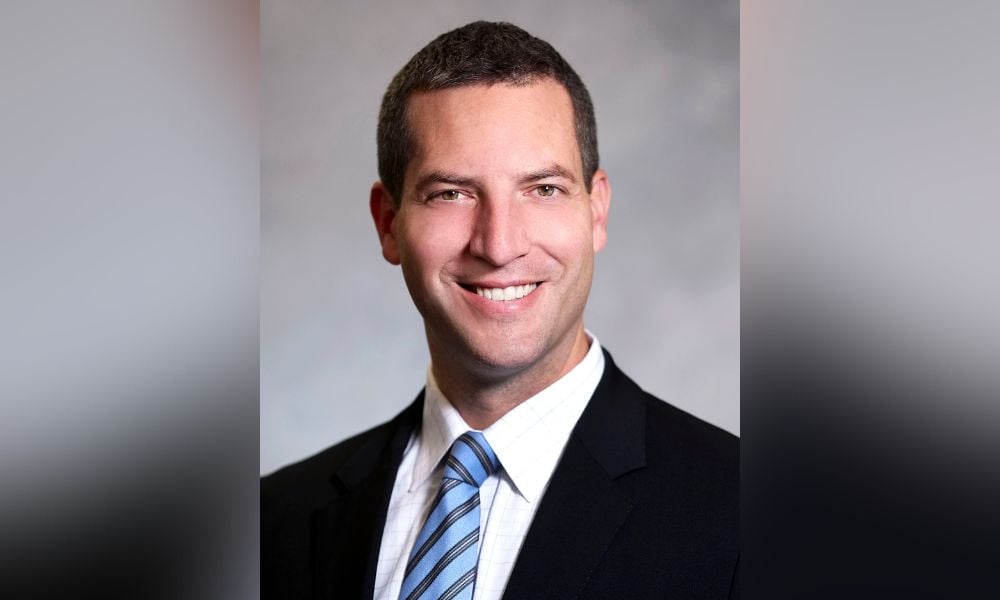BMO launches new options in response to demand for higher yielding sector-based solutions

Factor exposures through ETFs had a light shone on them in 2022. In a market where cash is king, as inflation took off it was mature companies with stable earnings paying strong dividends that outperformed — and caught the eye of the industry. Facing continued volatility and the failure of traditional balanced portfolios to provide the expected protection in 2022, Mark Raes says ETFs that focus on areas of the market such as defensive factors, cashflow, and inflation protected bonds were instrumental in navigating the uncertainty, while specialized equity ETFs are needed for future growth.
“People now realize they need differentiated exposures, and ETFs are a one ticket, easy to use, convenient solution that allows you to pivot portfolios, add exposures, and shift sensitivities with one or two trades — and without having to sink yourself too deep into the markets,” says Raes, Head of Product for BMO Global Asset Management. “You can get access to a basket of global agriculture companies, for example, without having to research the stocks or pick an individual name. We’re certainly seeing a rise of that as core to what people are talking about right now.”
According to BMO’s ETF Market Review & Outlook Report, the Canadian ETF industry saw $35 billion in net new flows when other products were in outflow. One of the insights that stood out to Raes is that is in difficult markets, people look for alternative returns. An ETF that offers that exposure, listed global infrastructure, was the subject of many investor discussions because it combines the best of two things: exposure to infrastructure companies and the liquidity, tradability, and transparency ETFs provide.
“Bringing those two things together is an underappreciated area in the ETF market and if I look to 2023 I think that's something people will be paying a lot of attention to,” Raes says, adding that in response to growing investor demand BMO recently announced the launch of five new BMO ETFs and a new class of unit of BMO Growth ETF.
BMO’s offerings provide the requested higher yielding sector-based solutions including two covered calls in energy and healthcare, while additions to fixed income shelf and global agriculture help investors manage inflation concerns. The US Aggregate Bond was primarily an ask from asset allocators to diversify fixed income by accessing the appealing US market with its more diversified corporates and slightly lower duration. The Full Market Tips with treasury inflation protected bonds “plays right into the inflation theme that’s front and centre in investors’ minds,” says Raes, and while BMO already had the short tips on its shelf there was demand to bring out full market as people start to consider fixed income again — as they should: according to the report, fixed income captured nearly half of that new net flow which, considering the challenges of last year, “is a real affirmation of fixed income ETFs.”
Going forward, investors are still looking at core solutions but also at different tools to diversify their returns. ETFs have helped investors reposition around inflation, higher interest rates, and market uncertainty and while the report clearly shows the Canadian ETF market is doing well, “it still has a lot of growth in front of it when compared to the US and global counterparts,” Raes says.
“We have a lot going on in terms of new portfolios, we’re very constructive on ETF use with investors, and using them as key building blocks of portfolios is only gaining momentum.”



